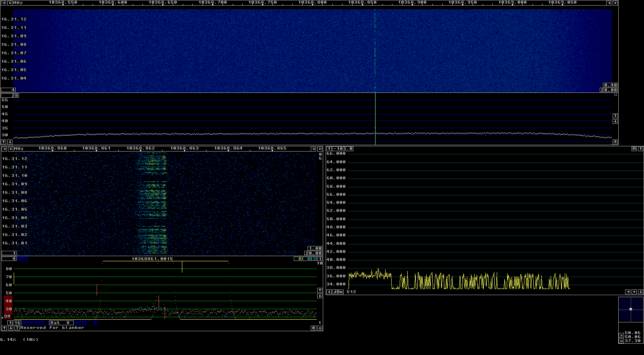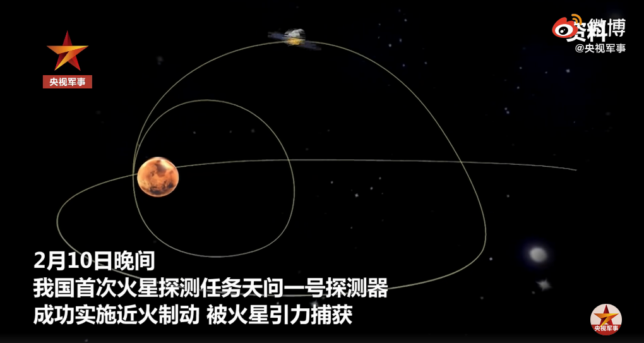This is another post about GRCon22’s Capture The Flag (see my previous post). One of the challenges in the Dune track submitted by muad’dib was called Heighliner. It consisted of a short recording of Blockstream Satellite, as we might guess from the challenge description below, especially if we had watched Igor Freire‘s talk about gr-dvbs2rx and Blockstream Satellite (I’ve heard that the fact that the talk and the challenge had the same topic was just a coincidence).
A heighliner just passed through “folded space” and it has sent a secret message to the remaining members of House Atreides on the surface of Arrakis. The communication protocol was historically used for sending visual propaganda films and archival files, recently however, Duke Leto had his engineering guild repurpose the transmission unit for financial transactions. It’s the perfect place for a covert message, the Harkonnens would never think to look there… The original transmission was on Frequency 12.0164GHz. Our groundstation receiver downconverted to 1.2664GHz.
Heighliner challenge description
I didn’t manage to solve this challenge, mainly because I was looking in the wrong place. I was focused on looking at the Bitcoin blockchain chunks, but the flag was in a Blockstream Satellite API message, and I wasn’t aware of the existence of API messages back then. After the CTF ended, a few of us were discussing this challenge in the chat. None of us really understood all the details about how the Blockstream Satellite system works. Since the intended way of solving the challenge was setting up and running the Blockstream Satellite receiver tools, an in-depth understanding wasn’t really necessary.
I have some interest in satellite filecasting systems since I reverse-engineered Outernet back in 2016, so I’ve been taking some time after the CTF to look at the details of how Blockstream Satellite works. While attempting to solve the challenge, I found that detailed enough documentation wasn’t available. There is some high-level documentation, but for the details you need to go to the source code (which is a typical situation).
In this post I describe the details of how Blockstream Satellite works, using the recording from the CTF challenge as an example. I will mainly focus on the Blockstream Satellite API, since I haven’t been able to understand all the details of the Bitcoin blockchain FEC blocks.


